Exhibitions of Uzbekistan organized in Louvre: Millions of people around the world have opportunity to see the great history with their own eyes
At the invitation of French President Emmanuel Macron, during the official visit of our head of state Shavkat Mirziyoyev to this country, two large exhibitions were opened by the heads of state: “Wonders of the Oases of Uzbekistan. At the crossroads of caravan routes” exhibition opened in the Louvre Museum and “Road to Samarkand. Miracles of silk and gold” exposition organized at the Arab World Institute.
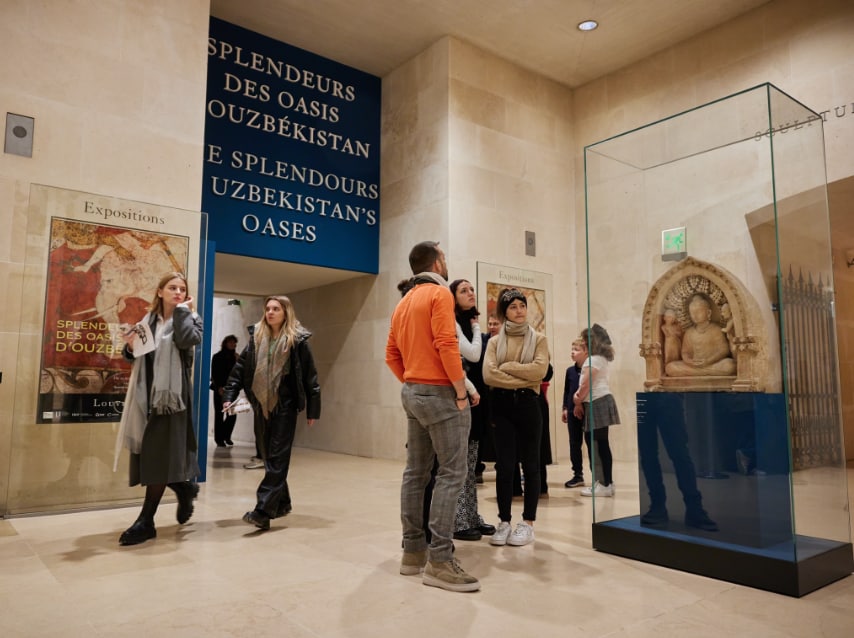
The exhibition in the Louvre covers the period from the 5th to the 6th centuries BC to the Timurids, and the exhibition at the Arab World Institute includes exhibits from the middle of the XIX – XX centuries, as well as brush works of the Turkestan avant-garde in the collections of the State Museum of Uzbekistan.
It should be recalled that in October 2018, President Shavkat Mirziyoyev paid an official visit to France for the first time. An excursion to the Louvre Museum was organized as part of the cultural program. At that time, the idea of organizing a huge exhibition dedicated to the rich historical and cultural heritage of Uzbekistan was taking shape in this museum, and the head of our state approved this idea.
A cooperation agreement was signed between Gayane Umerova, the executive director of the Fund for Developing Culture and Art of Uzbekistan, and the Louvre Museum, and the preparatory work was started under the leadership of the deputy chairman of the Council of the Fund, Saida Mirziyoyeva.
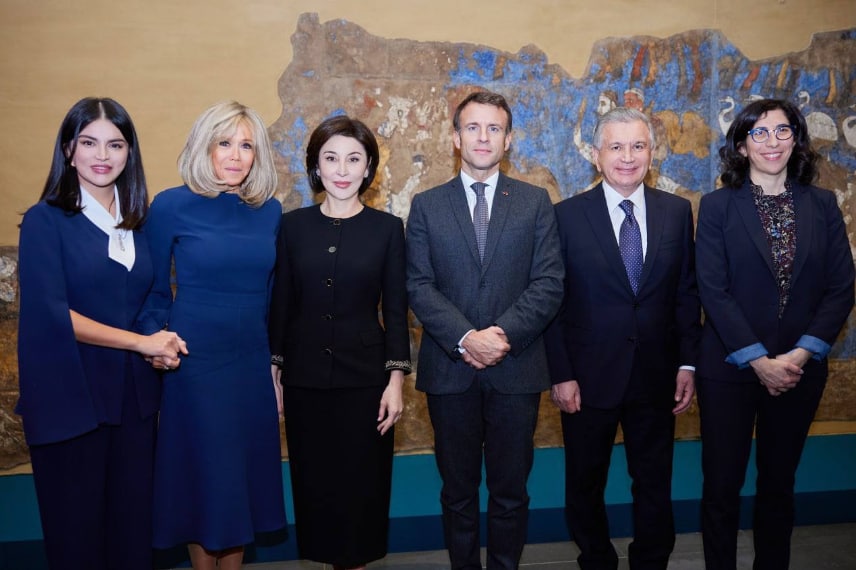
The exhibition at the Louvre was originally planned to be held in 2020-2021, but the COVID-19 pandemic prevented these plans from being implemented and the exhibition had to be postponed to 2022. At that time, it was logical not only to show the ancient civilization of Uzbekistan that ended in the XV century, but also to talk about it until later times. This ensures harmony and perfection of these works. Thus, it was decided to organize two exhibitions at the same time – at the Louvre Museum and the Arab World Institute.
A special commission was formed under the leadership of the PM of the Republic of Uzbekistan to prepare both exhibitions. This commission included Shokir Pidayev, project consultant and Institute of Art Studies, Shoazim Minovarov, director of the Center of Islamic Civilization, ministers, scientists, archaeologists, heads and curators of museums where exhibits are taken.
Extensive restoration work has been started. Since 2018, more than 70 items have been restored just for the exhibition. A team of more than 40 restorers of paper, wood, metal, sculpture, glass and wall painting from France and Uzbekistan was involved in the project. Marina Reutova, Kamoliddin Mahkamov, Shuhrat Polatov, Christine Parisel, Olive Tavozo, Delphine Lefebvre, Geraldine Frey, Axel Delot, Anne Leje and others are among them.
In particular, the restoration of the pages of the “Katta Langar Quran” from the 8th century was very difficult and at the same time interesting. This Quran is one of the values that make up the cultural and historical heritage of all humanity, gaining great importance for the Islamic religion and Muslims.
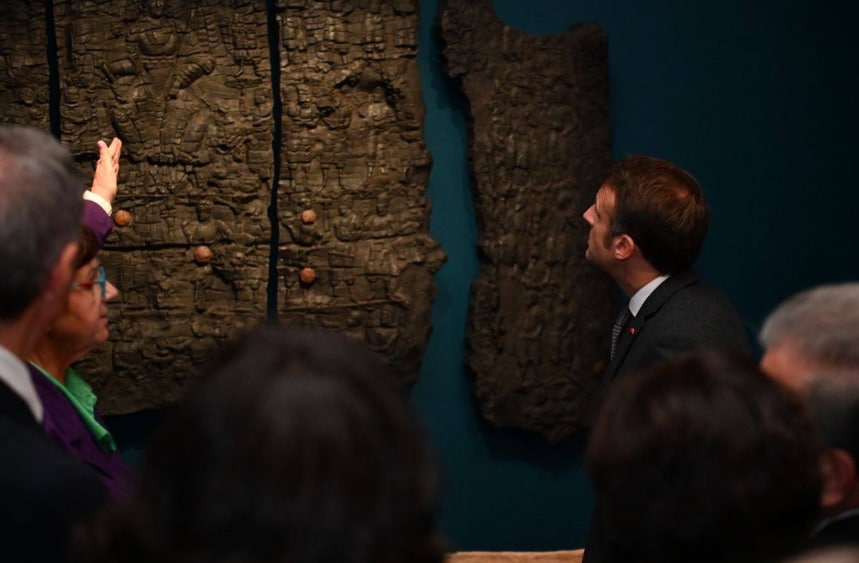
The exhibition “Wonders of the oases of Uzbekistan. At the crossroads of caravan routes” tells about the history of the Great Silk Road that passed through the southern part of present-day Uzbekistan, covering the period from the V-VI centuries BC to the rule of the Timurids. Monumental works of art, wall paintings, carved details of palaces, decorative works of art and other monuments are exhibited there. The exhibition consists of 169 museum exhibits, in particular, 138 unique objects from 16 museums of our country and 31 exhibits from the world’s leading museums. Among them are the Louvre Museum, the National Library of France, the British Museum and the British Library, the London Victoria and Albert Museum, the Paris Medal Chamber, the Guimet Museum and the University Library of Languages and Civilizations (BULAC), the Lisbon Calouste Gulbenkian Foundation.
As Saida Mirziyoyeva noted, Uzbekistan has long been a center of cultural exchange and trade, and the Great Silk Road was, in a sense, the first economic project in the world. The exhibition at the Louvre Museum, which covers the period of almost two thousand years, creates a vivid idea of the various civilizations existing in today’s Uzbekistan and shows the unique heritage of our country, which is one of our main tasks.
The exhibition has an educational significance for European and French society to get to know Central Asia more closely. After all, the culture of the region occupies an important place in human civilization and is rich in important historical figures.
Given that many archaeological discoveries and important restoration work have been carried out over the past 3 years, part of the exposition is being shown to the public for the first time.
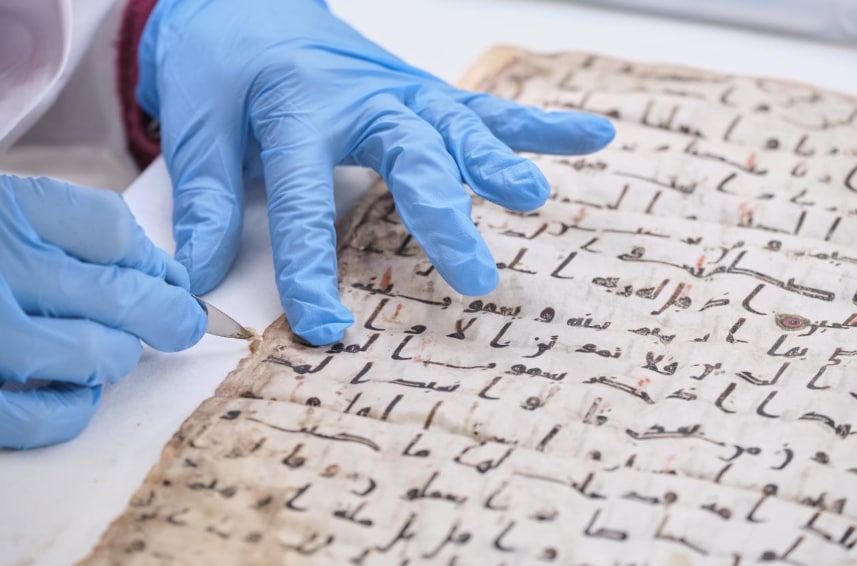
Uzbek works of art were presented through this exposition, which includes more than 300 exhibits from 9 museums of our country.
Samples of national textiles, national costumes, headdresses, ornaments from the middle of the XIX – XX centuries, gilded cloaks of the Emirate of Bukhara, carpets and many other rare items are brought to the attention of the guests.
According to Gayane Umerova, cooperation with the Arab World Institute allows to study the culture of Uzbekistan more deeply, to reveal our rich national heritage and its importance. Since one of the important tasks of the exhibition is to introduce the history and cultural heritage of Uzbekistan on a global scale, the Cultural Foundation attaches great importance to this exhibition. The exhibition is expected to be of interest to a wide range of people interested in the arts, crafts and history of the region. Also, this project, organized in cooperation with the Arab World Institute, will undoubtedly serve to further develop the solidarity and cooperation between nations.
At the opening of the exhibition, the ballet “Lazgi – Dance of Heart and Love” staged by German choreographer Raymond Rebeck was performed. Lazgi dance of Khorezm has a history of more than 3 thousand years, and it is included in the intangible heritage of UNESCO.
Along the route covered by the Silk Road, traces and treasures of many civilizations and ethnic groups representing the most diverse cultures and lifestyles have been preserved. It is a place where many trade routes intersected, exchanges between East and West, nomadic and settled lifestyles, Iranian, Hellenistic, Turkish, Chinese, Indian, Muslim, Mongolian and other civilizations’ cultures were interconnected.
According to experts, these demonstrations will be very effective, as cultural cooperation quickly introduces the country and people to the world. France is visited by 60 million tourists a year, and the Louvre is visited by more than 10 million tourists. Representation of Uzbekistan in such a large-scale exhibition will not only introduce more closely to the history of our country, but also serve to further increase interest in our country, its culture and history. It also serves as a kind of advertisement for the development of tourism. The better people get to know each other through exhibitions and interaction, the more mutual trust will increase. And trust opens the door to great opportunities for other areas of cooperation.
Related News
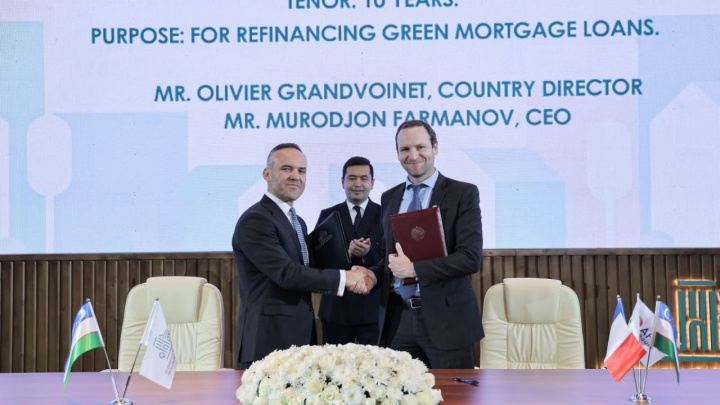
15:18 / 09.12.2025
France to provide €30 million for energy-efficient housing projects in Uzbekistan
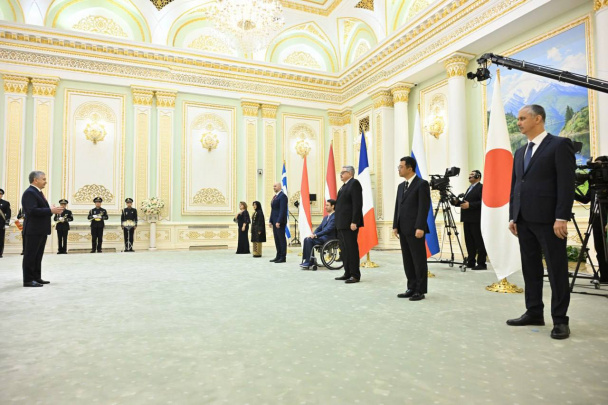
18:31 / 27.11.2025
President Mirziyoyev receives credentials of new ambassadors from seven countries
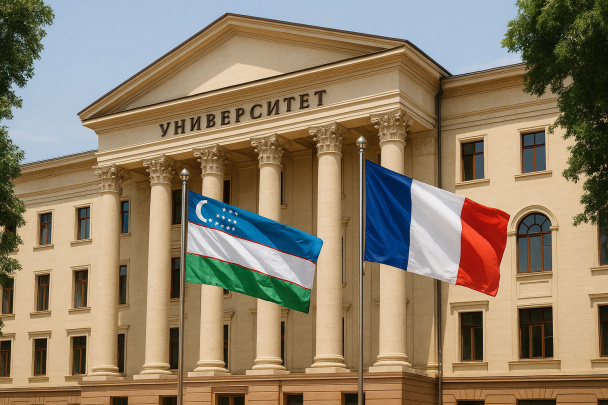
15:23 / 27.11.2025
New Uzbek–French University to be established in Tashkent
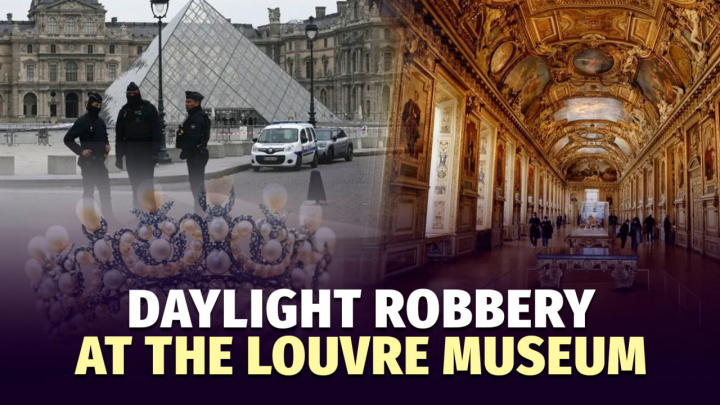
19:45 / 21.10.2025



